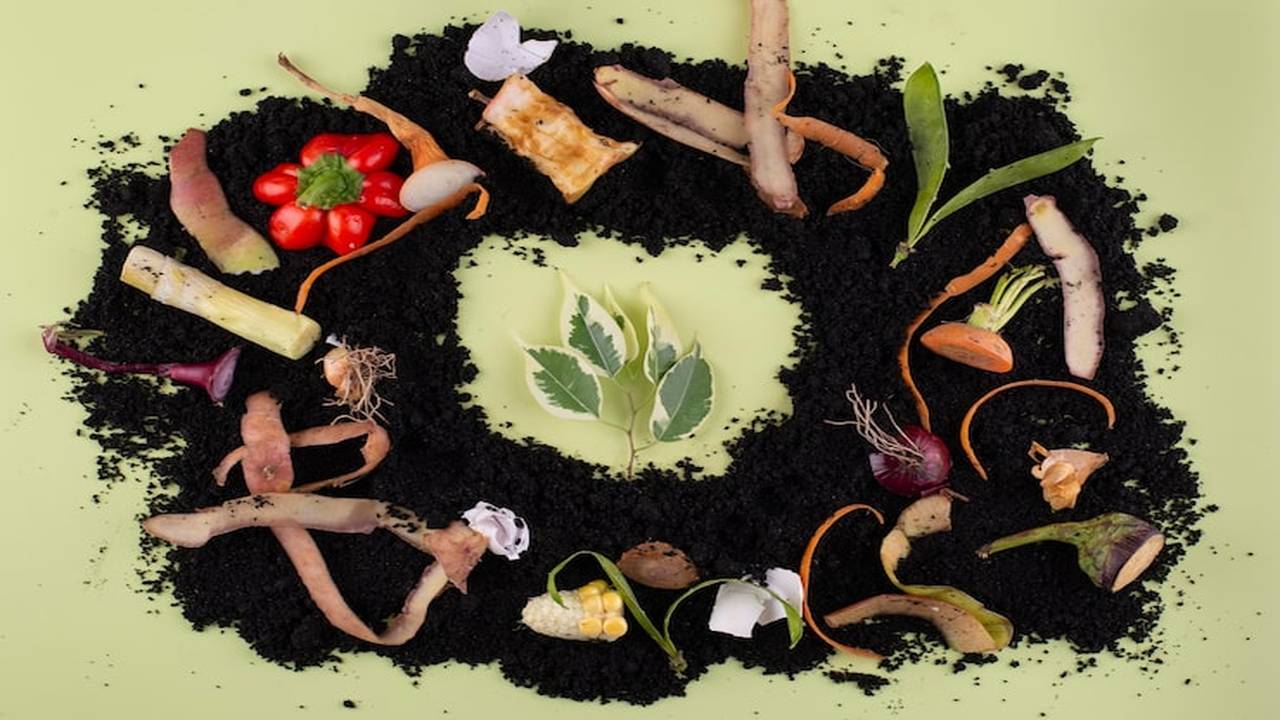 Every year, 58% of landfill methane emissions in the U.S. come from food waste alone, equivalent to the emissions of 50 million cars. However, recent research reveals a promising shift: access to composting in cities has surged by 8.9 percentage points, now reaching nearly 36%. This growth signifies a crucial step in combating climate change and enhancing soil health. As we delve into the evolving landscape of composting accessibility, we uncover the various types of programs available and the pressing need for improved data to drive food waste diversion efforts. Join us as we explore the expanding realm of composting and its profound impact on sustainability and waste management practices.
Every year, 58% of landfill methane emissions in the U.S. come from food waste alone, equivalent to the emissions of 50 million cars. However, recent research reveals a promising shift: access to composting in cities has surged by 8.9 percentage points, now reaching nearly 36%. This growth signifies a crucial step in combating climate change and enhancing soil health. As we delve into the evolving landscape of composting accessibility, we uncover the various types of programs available and the pressing need for improved data to drive food waste diversion efforts. Join us as we explore the expanding realm of composting and its profound impact on sustainability and waste management practices.
The Growth of Composting Access
Access to composting programs in the U.S. has seen a significant increase, with nearly 36% of the population now having access to some form of curbside or drop-off composting program. This growth, as highlighted by the recent research, is a crucial development in the fight against climate change and the promotion of sustainable waste management practices. Companies like GreenBlue have played a pivotal role in this evolution by providing valuable insights and data on composting programs across cities, enabling a better understanding of the landscape and driving informed decision-making.
The expansion of composting access signifies a shift towards more sustainable waste management practices. As cities and private haulers increasingly offer composting services, there is a growing need for collaboration and advocacy from companies to further drive this momentum. Organizations can leverage platforms like GreenBlue to access verified data and traceable sourcing information, supporting their efforts in advocating for expanded composting infrastructure. By aligning with initiatives like the US Composting Council and the Biodegradable Products Institute, companies can actively contribute to the growth of composting programs and foster a culture of sustainability within their operations.
The Role of Data in Driving Food Waste Diversion
One of the key challenges in enhancing food waste diversion efforts is the lack of comprehensive data on composting programs. Better data collection and analysis are essential for understanding the effectiveness of existing programs, identifying areas for improvement, and driving informed decision-making. Companies looking to support food waste diversion initiatives can collaborate with organizations like GreenBlue to access verified data on composting access and program structures, enabling them to tailor their advocacy efforts and operational strategies effectively.
Data-driven insights play a crucial role in shaping the future of composting programs and waste management practices. By leveraging data analytics and visualization tools, companies can gain a deeper understanding of the impact of composting on reducing greenhouse gas emissions and promoting soil health. Organizations can partner with GreenBlue to access interactive maps and charts that provide detailed information on municipally run and privately run composting programs, empowering them to make informed decisions and drive positive change in the sustainability landscape.
The Evolution of Composting Infrastructure
The evolution of composting infrastructure over the past five years has been significant, with a notable increase in the availability of curbside and drop-off composting programs across the U.S. Cities have emerged as key players in the composting puzzle, offering densely populated areas with access to waste and recycling programs. Companies can collaborate with municipal authorities and private composting companies to support the expansion of composting infrastructure, driving greater access to sustainable waste management solutions and contributing to a circular economy.
As the landscape of composting infrastructure continues to evolve, there is a growing emphasis on the role of cities in promoting waste diversion and circularity. Organizations can engage with initiatives led by GreenBlue to stay updated on the latest trends and developments in composting programs, enabling them to align their sustainability goals with industry best practices. By actively participating in the growth of composting infrastructure, companies can not only reduce their environmental footprint but also contribute to the broader goal of building resilient and sustainable supply chains.
Conclusion
The surge in composting accessibility, driven by companies like GreenBlue, marks a pivotal moment in the fight against climate change and the advancement of sustainable waste management. As data becomes the linchpin for informed decision-making, collaboration and advocacy from organizations are paramount. Embracing this evolution in composting infrastructure not only reduces environmental impact but also propels us towards a circular economy. Let us seize this opportunity to align our sustainability goals with industry best practices, paving the way for a more resilient and environmentally conscious future.